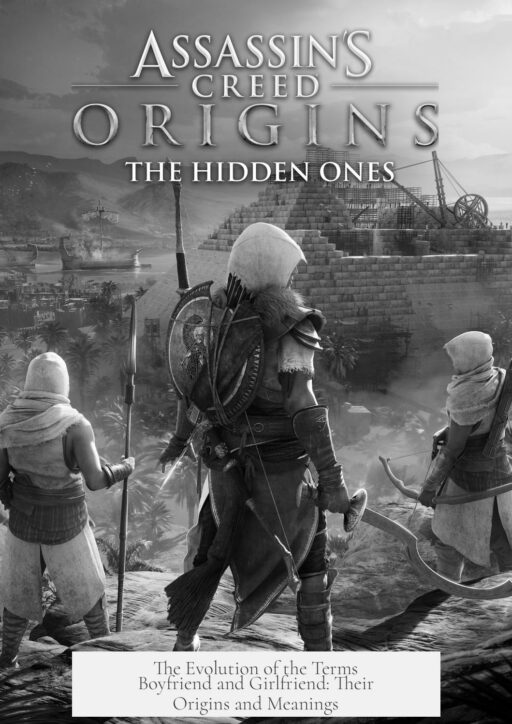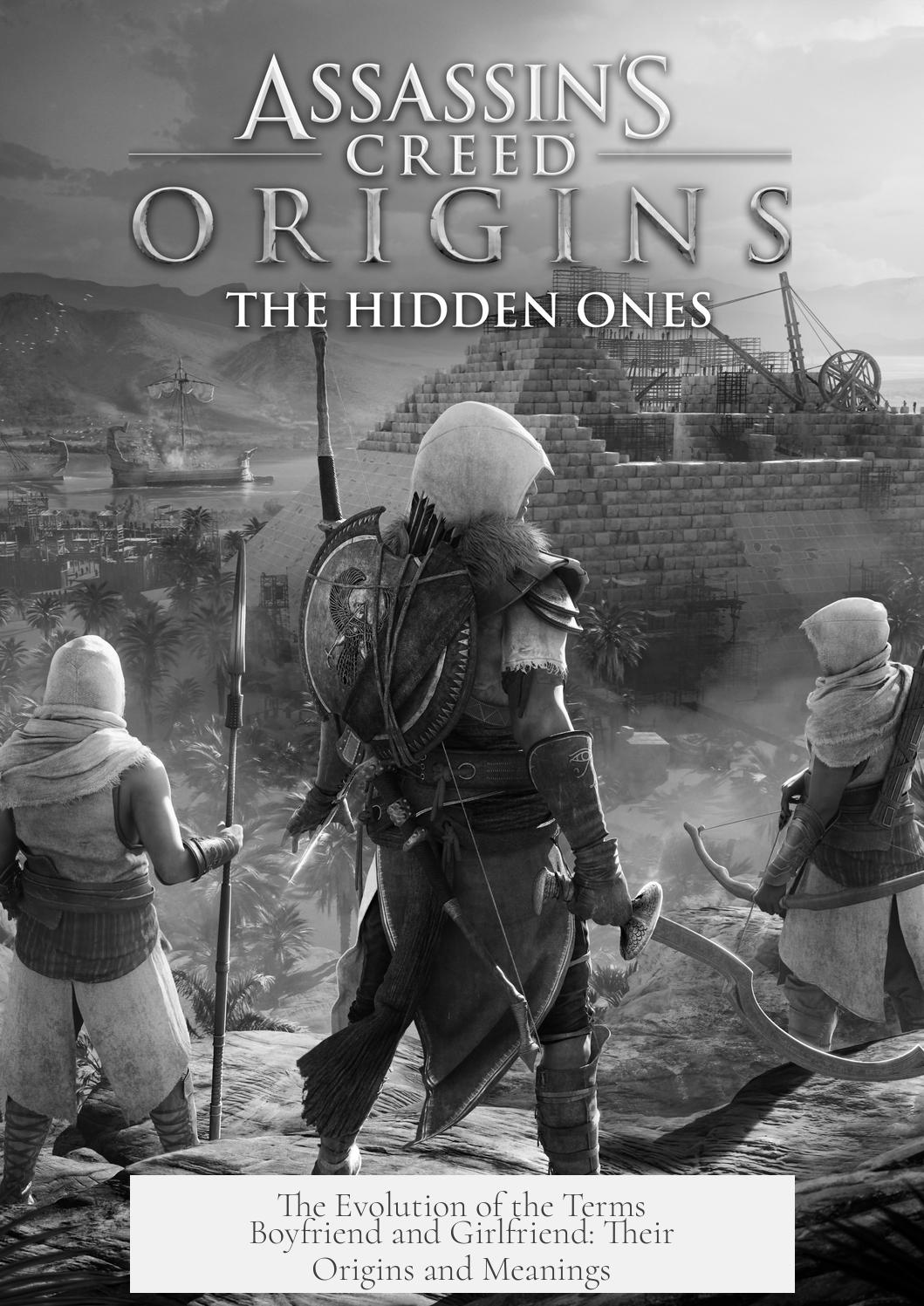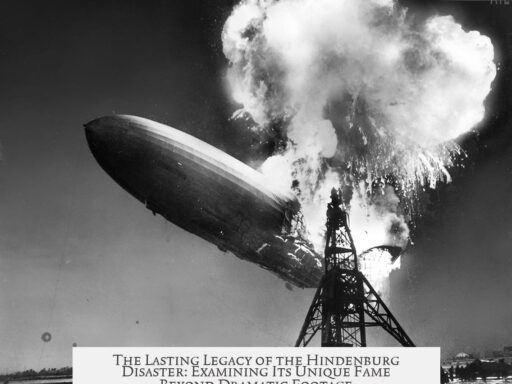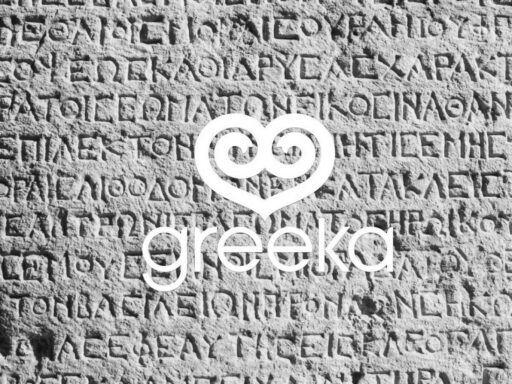The terms “boyfriend” and “girlfriend” arise from 19th to early 20th century English usage, evolving from meanings related to childhood friends to denote romantic partners.
The term “boyfriend” is a compound word that emerges in the early 20th century. Initially, it referred simply to a male friend but later took on its modern sense as a male romantic partner. This shift to romantic meaning occurs around the turn of that century, reflecting changes in social interactions and dating customs.
“Girlfriend” has an older origin compared to “boyfriend.” In the 19th century, it primarily meant a female friend, often indicating a childhood companion. The shift to a romantic meaning for “girlfriend” occurs after “boyfriend” assumes its romantic sense, making “girlfriend” complementary in usage. This evolution followed the pattern of adding romantic significance to words originally denoting platonic friendships.
The Oxford English Dictionary (OED) confirms that both words began as terms for same-gender childhood friends during the 19th century. Their romantic meanings, as known today, started emerging around the 1900s. This linguistic development aligns with wider societal changes emphasizing dating as a recognized relationship stage.
Interestingly, the concept is not new to English. Latin uses “amicus” and “amica,” meaning friend, with a romantic or amorous nuance similar to modern “boyfriend” and “girlfriend.” For example, in Catullus’s poem 43 from over 2,000 years ago, “amica” referred to an unmarried lover or intimate female friend. This shows a long-standing tradition of language reflecting layered meanings of friendship and romance.
- “Boyfriend” emerges early 20th century with romantic meaning.
- “Girlfriend” starts as female childhood friend, gains romantic meaning later.
- OED traces original meanings to 19th century childhood friends.
- Latin “amicus/amica” parallels English terms in romantic use.
- Catullus’s poetry shows ancient use of friend terms for unmarried lovers.
When Did the Terms Boyfriend and Girlfriend Arise, and How?
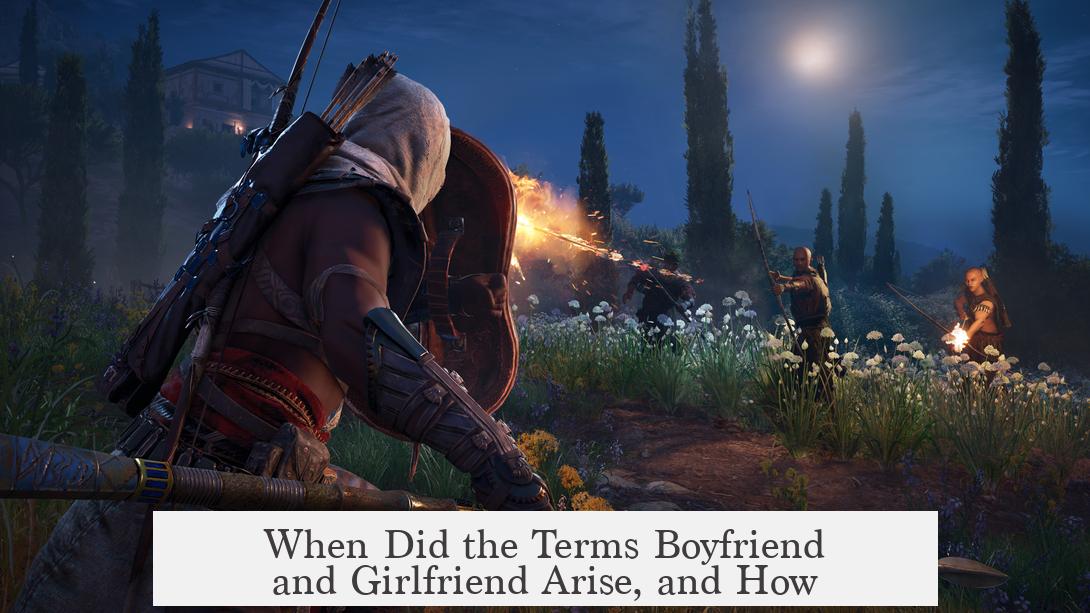
The terms “boyfriend” and “girlfriend” as we know them today arose around the turn of the 20th century. While they might feel like timeless words, their origins reflect a fascinating evolution in language and social customs.
Let’s dive into how these familiar terms developed, their surprising early uses, and even how ancient Romans had a head start on us with similar expressions.
The Early 20th-Century Birth of Boyfriend
The term boyfriend is a product of the early 20th century. It joins two simple words — “boy” and “friend” — but packs a new social meaning. Before this era, the word didn’t necessarily imply romantic involvement. Instead, it was more neutral, meaning just a male friend.
By the 1900s, “boyfriend” transformed into a label specifically denoting a male partner in a romantic or courting relationship. This shift coincides with changing social norms around dating and relationships that took shape in the early 1900s, especially in urban Western societies.
Girlfriend: From Childhood Companion to Romantic Partner
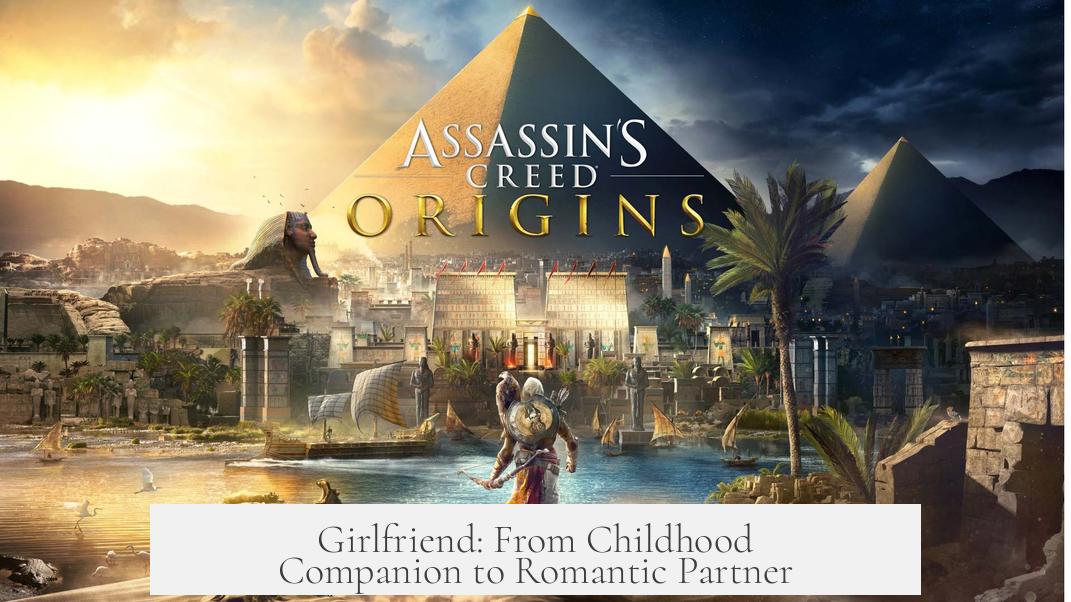
Interestingly, the word girlfriend predates “boyfriend” but didn’t initially relate to romance at all. Originally, in the 19th century, “girlfriend” referred to a female friend from childhood or school — simply a friend who happened to be female.
It wasn’t until “boyfriend” took on its romantic meaning in the early 20th century that “girlfriend” evolved to mirror this role. The word adapted to refer to a female romantic companion, rounding out the pair.
What Does the Oxford English Dictionary Say?
According to the Oxford English Dictionary (OED), both terms “boyfriend” and “girlfriend” originally meant a childhood friend of a particular gender in the 19th century. However, their contemporary romantic meanings date back to the turn of the 20th century.
This confirms that the shift in meaning is quite modern and closely tied to societal changes in how relationships are perceived and labeled.
Is This Just an English Thing? Not Quite — Hello, Latin!
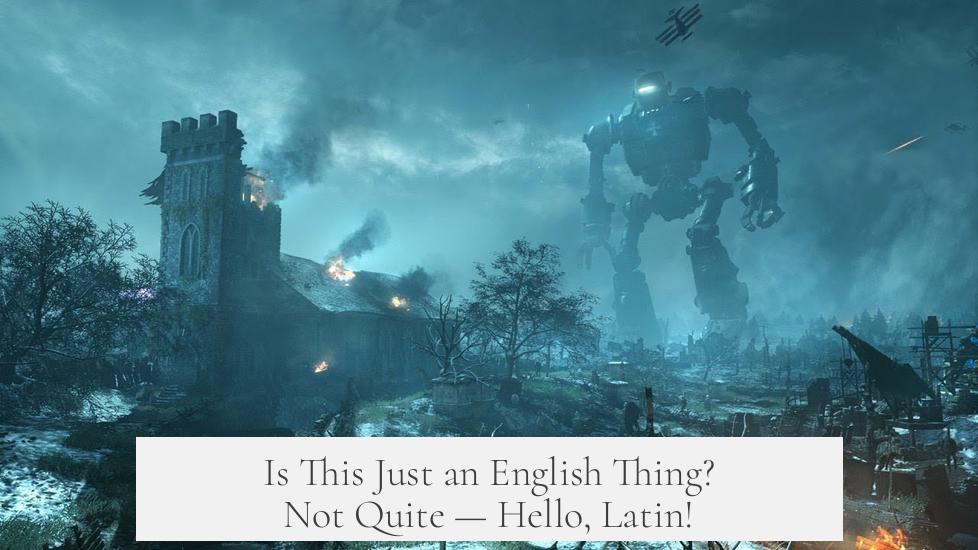
The concept of differentiating a romantic partner as a “friend” of a particular gender isn’t unique to English. In fact, over 2,000 years ago, the Romans had the words amicus (male friend) and amica (female friend), which sometimes meant more than just a platonic companion.
Take the example from Catullus, the Roman poet. In his Poem 43, he refers to a woman named Ameana as the amica of a Formian man who was bankrupt. Here, “amica” carries a romantic or lover’s implication. That’s essentially the same idea behind our modern “girlfriend,” showing the concept’s long-standing presence in human society.
Why Did These Terms Shift Their Meaning?
Good question! Language is alive and reflects culture. Around the early 1900s, social customs around dating became more formalized. The rise of “dating” as a social practice meant new terms were needed to describe those relationships.
Before, relationships and courtship might have blended into “friendship” territory without specific labels. The adjectives “boy-” and “girl-” combined with “friend” filled that gap. It helped young people talk clearly about who they were romantically involved with in less awkward ways.
How Do These Terms Help Today?
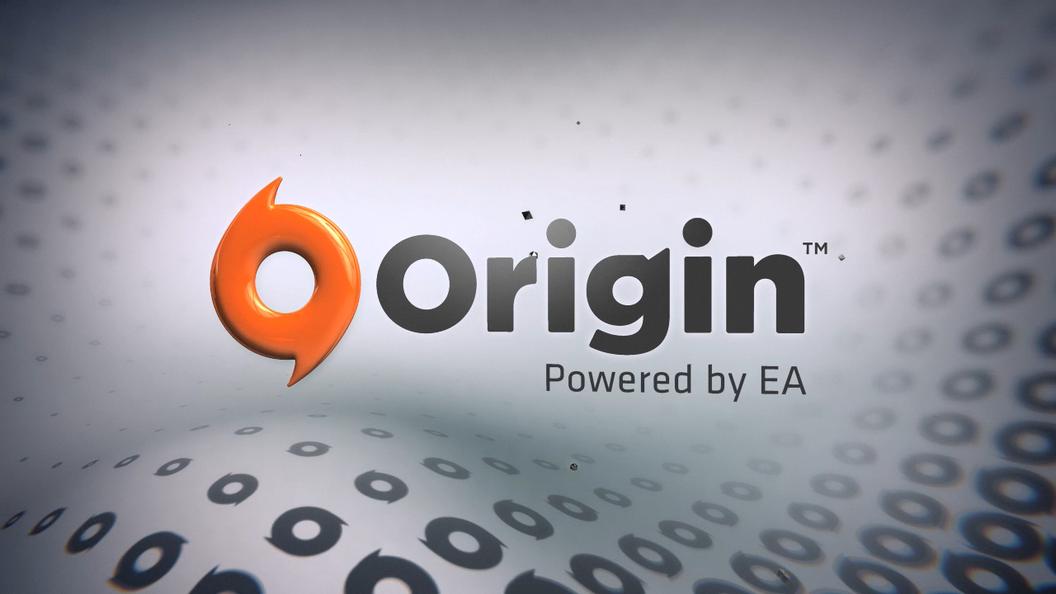
Today, “boyfriend” and “girlfriend” label committed romantic partnerships without implying marriage. They offer a middle ground between casual acquaintances and formal engagements.
Introducing someone as your boyfriend or girlfriend signals a level of intimacy and exclusivity. It helps define social boundaries and sets expectations publicly.
Plus, the words are flexible! They can apply to adolescents just starting to date or adults in serious relationships. Their simplicity is part of the charm.
Ever Wondered: Are You Using These Words Too Narrowly?
Here’s food for thought. Since “boyfriend” and “girlfriend” originally meant simply “friend of a particular gender,” could they embrace broader meanings today? In a world that increasingly questions labels, these terms might get more creative uses or variations reflecting diverse relationships.
After all, language adapts, just like people do.
Wrapping It Up
Boyfriend and girlfriend, as romantic terms, rose around the 20th century, evolving from older words simply meaning male or female friend. This change mirrors shifting social customs, especially how relationships became formalized around dating.
Even ancient cultures like Rome used “friend” terms to hint at lovers, proving the concept is far from new.
Next time you use “boyfriend” or “girlfriend,” you’re wielding words with a surprising history — from childhood friendships to formal romance to modern love stories. And who knows? These terms might continue evolving to match our ever-changing social lives.
What new meanings could these classic words take on in your circle? Only time — and your conversations — will tell.
